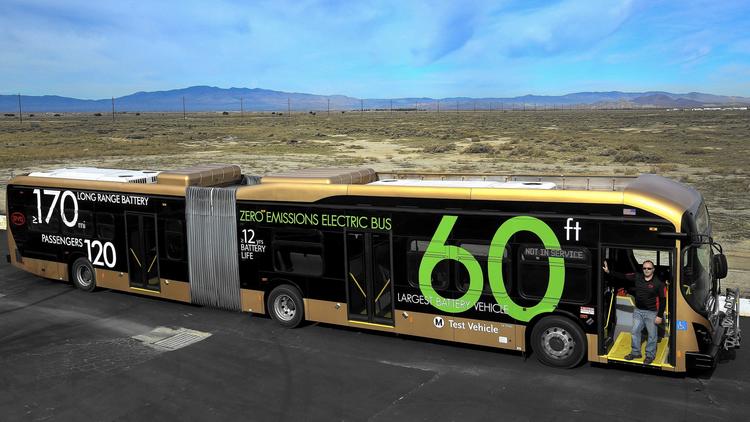TheTigerMaster
Superstar
Los Angeles' Metro takes extra-long electric bus for test drive on the Orange Line
From this link:
The Lancaster, named after the city where it was built by BYD Motors Inc., is entirely electric and features the accordion-like articulation of L.A.'s extra-long buses. (Mel Melcon / Los Angeles Times)
BTW. Los Angeles' fare box recovery ratio is about 30.6%, while Toronto's fare box recovery ratio is about 73%. Nice what you can experiment with when you have the funds to do so.
The claimed 27 year battery lifecycle is very impressive. This is critical because battery replacements are very expensive. 27 years mans that the battery will likely never need to be replaced.




